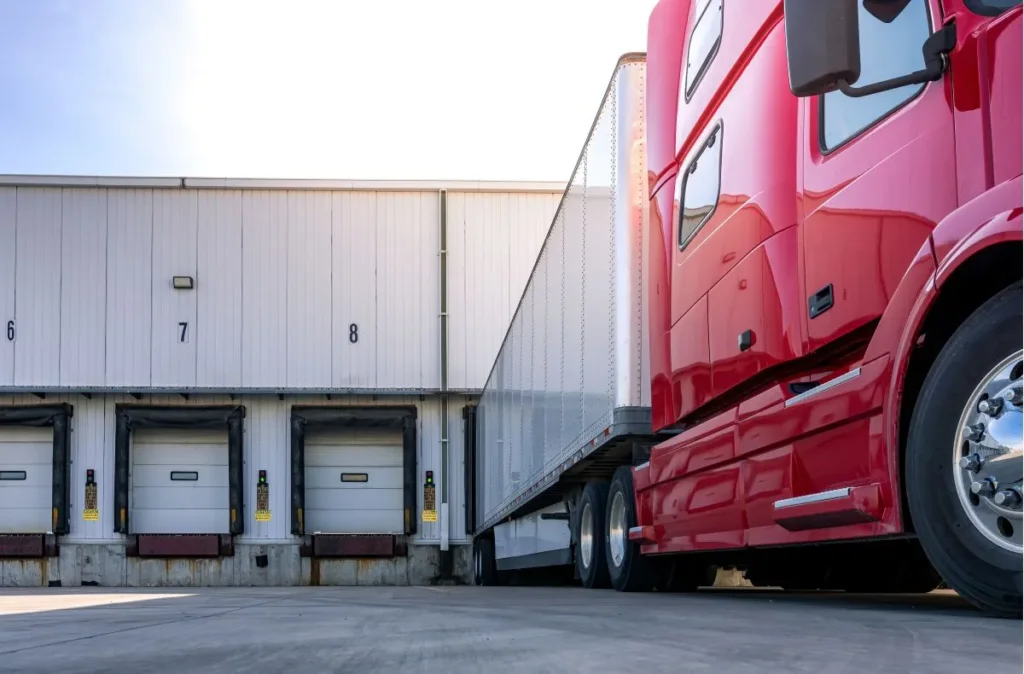Vinci Autoroutes has entered the final phase of its “Charge as you drive” project, a trial of dynamic wireless charging for electric vehicles on a 1.5 km stretch of the A10 motorway near Angervilliers, in Essonne, France. The initiative involves the installation of induction coils beneath the road surface, allowing electric vehicles to charge while driving. The project aims to assess the feasibility of reducing battery size, increasing vehicle autonomy, and lowering charging times.
The “Charge as you drive” trial is an inductive charging experiment designed to test the viability of wireless charging for heavy goods vehicles (HGVs), utility vehicles, passenger cars, and buses. The system works by placing transmitter coils under the road surface, which generate an electromagnetic field. Vehicles fitted with receiver coils can convert this energy into electricity, powering their motors and recharging their batteries.
The project is being conducted on a 1.5 km section of the A10 motorway in Essonne, near Angervilliers, France. Since January 2025, Vinci Autoroutes has been installing induction coils beneath the right-hand lane, typically used by HGVs. The installation process is expected to continue until April 2025, after which vehicle trials will take place in real-world traffic conditions.
The project is led by Vinci Autoroutes, a major French motorway operator, in collaboration with a consortium of partners. It is part of a broader effort to develop sustainable transport solutions and decarbonise road freight and logistics.
The initiative aims to reduce reliance on large EV batteries, which require significant amounts of lithium, nickel, and cobalt. By allowing vehicles to charge while in motion, the technology could lower battery costs, extend driving range, and reduce charging downtime. The transport sector currently accounts for a third of greenhouse gas emissions, and Vinci Autoroutes sees inductive charging as a potential alternative to fixed charging stations.
The system involves embedding transmitter coils beneath the road surface. These coils generate an electromagnetic field, which is picked up by receiver coils installed in vehicles. The energy is then converted into electricity, enabling the vehicle to operate while simultaneously charging.
Once installation is complete, four prototype vehicles (an HGV, a utility vehicle, a car, and a bus) will be tested on the A10. If successful, this trial could contribute to a broader rollout of dynamic inductive charging across the motorway network.









